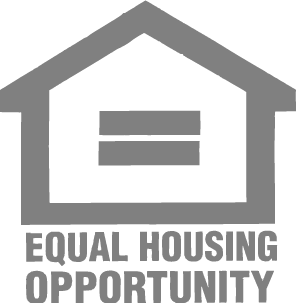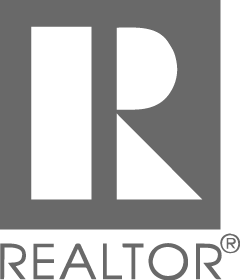Mold comes in all gross shapes and sizes and all locations. Once you have mold, the severity can range from a nuisance for you to a health hazard. Mold doesn’t initially start as hazardous, but the longer it goes untreated, the more dangerous it becomes. And the more dangerous it becomes, the most it damages your property and your health.
As a landlord, it’s important to recognize that it’s ultimately your responsibility for eradicating mold. However, reducing the chances of mold growing in your rental property is easier than you may think. Let’s take a look.
Why Does Mold Grow?
Mold is identified as a fungus and reproduces through the reproduction of small spores. Mold reproduces by spores that get carried by air currents. Once the spores land on a moist surface, they will grow. The most usual reason for mold growth is due to excess moisture and inappropriate heating in a property.
Where Does Mold Grow?
Popular places for mold are:
- Clothes not properly rinsed
- Left-over food
- Locations susceptible to ventilation and moisture issues
How Do I Prevent Mold?
Since moisture is the trouble maker that causes this gross growth to appear, it’s important to keep places dry. Avoid placing wet clothing on furniture, leaving windows open on humid days, or not using exhaust fans in kitchens and bathrooms.
While you may not be “on-property” as a landlord, there are things you can do to reduce humidity and prevent mold in your rental properties.
1.Use A Dehumidifier
A dehumidifier will drastically reduce humidity in a room, decreasing the amount of moisture in a room. I recommend talking to a local home appliance supplier to ensure you pick the best unit for your needs and is properly installed.
2.Install A Hygrometer
A hygrometer is a device that tracks the humidity levels in your home. Hygrometers are useful for determining when humidity levels are increasing before it’s too late. Another plus of lowering the property’s humidity level is that it discourages pests like cockroaches and dust mites from entering.
According to the Environmental Protection Agency, mold can grow in environments that are not kept below 60% humidity. The ideal range is 30 to 50 percent.
3.Consider Installing Exhaust Fans
As I previously mentioned in the renter’s tips, kitchens and bathrooms are popular places for mold since they can have excess moisture. Since these are high-risk places, installing exhaust fans will cut down the likelihood of mold growth. Fans in the kitchen will suck up moisture and grease while cooking. In the bathroom, a fan will prevent permanent damage from mold growth.
4.Check for Leaks
Another source for mold outside of cooking and bathing is leaks. Leaks are sneaky since they can happen without you or your tenant’s knowledge. When a leak goes untreated, the excess water will settle in walls and floors. This will not only cause water damage but also creates the perfect setting for mold and mildew.
Regular inspections are crucial to detect leaks to avoid all these problems. Encourage your tenants to submit a maintenance request if they notice a small leak. The most common spots for leaks are under sinks and dishwashers, beneath radiators or heat pumps, and around the washing machine or toilet.
If you’re a landlord with words of advice for your tenant, here are some easy habits that will help avoid mold.
1.Keep Doors Closed
This simple act will stop mold from traveling to unaffected areas of the house. Shutting the doors of your kitchen when cooking will stop excess moisture from spreading. Closing the door while showering is also a good habit to enforce, so the humidity is confined and then expelled by the exhaust fan.
2.Take Care of Your Bathroom
Do you know where there’s a lot of excess moisture? The bathroom! Take care of that moisture by venting it out. If you don’t have a fan to vent it out, the next best thing is opening a window so the steam can leave the bathroom. Next, wiping your bathroom wall can stop moisture from building up. An excellent habit to enforce is wiping down your walls after showing so the soap and water that splash onto the walls doesn’t turn into mold.
3.Keep Wet Clothes Away
Mold and clothes fit together like a peanut butter and jelly sandwich. Avoid placing wet or damp clothes in your hamper or floor unless you want to invite mold into your home! A solution is to avoid air drying clothes indoors. If there is little circulation, then air-drying inside could trigger mold growth when the moisture evaporates and settles on the ceiling.
Mold causes damage to property, finances, and health, so it’s smart to get ahead of it, and it’s easier than you may have thought. If you have any questions about how mold can impact your rental property, reach out to me anytime. I’m here to help (512) 721-1094 or dbrown@talkpropertymanagement.com.
Featured Image by Mpho Mojapelo on Unsplash.


